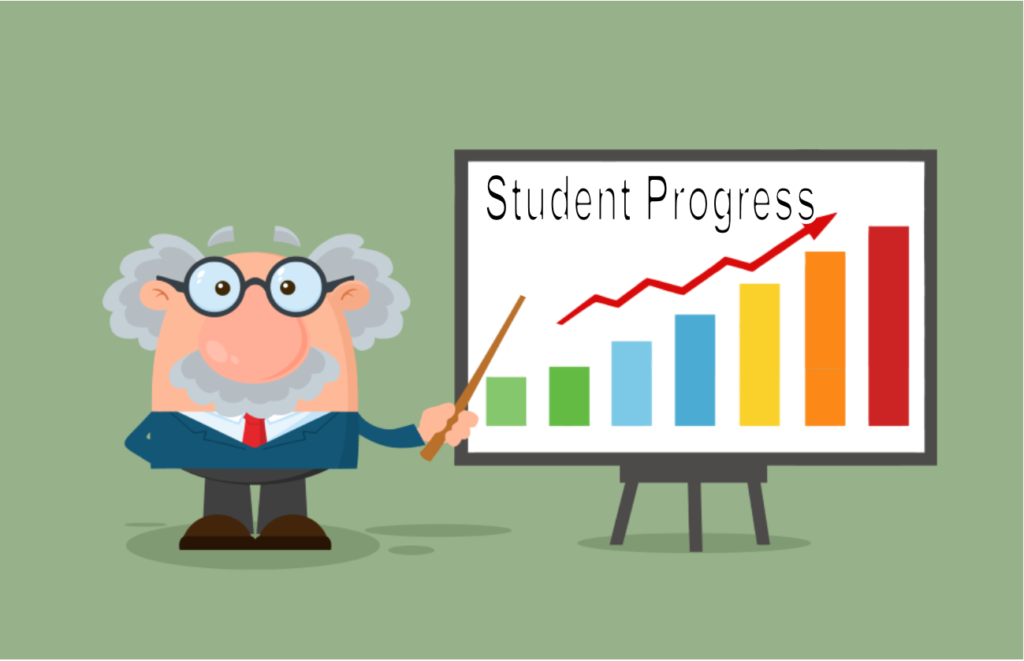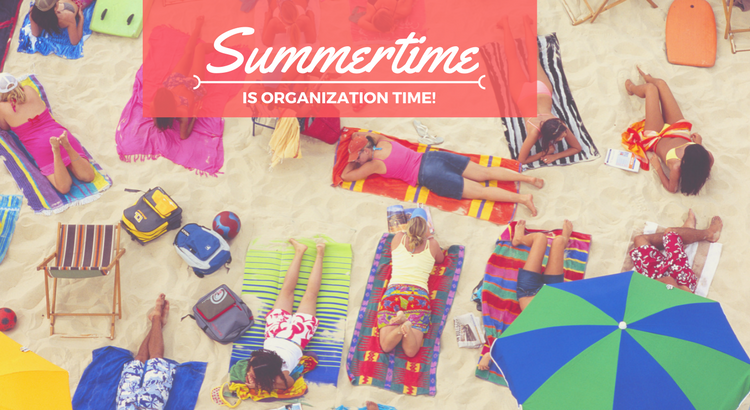
The what, why and how of collecting baseline data in the first days of school.
What?
The “what?” is determined by your grade level and your standards. Each grade has certain “Power Standards” that are building blocks for that grade level and prerequisites for the next grade. If you are a new teacher, you will find out what these standards are when you are planning with your grade level.
Consider this example. First grade has literally dozens of reading/ela standards. One standard covers how to use commas in a series while another states that students can read on level text with purpose and understanding. A first grader can move on to second grade and be successful even if they did not master where to put commas in a series but they cannot be successful in second grade if they did not master reading on first grade level text with purpose and understanding. That is a power standard. You will want to see what level the student is reading on in your baseline data because that is something you will want to track all year long and will be a factor in determining readiness for second grade at the end of the year. In contrast, you will certainly teach and formatively assess the standard about commas but it does not warrant a place in your baseline data.
Why?
Why gather baseline data at all? You are going to assess the students summatively at the end of units, quarters, the year. The summative information will ultimately inform your decision about readiness to promote, so why bother with diagnostic or baseline data?
First all all, we live in an era of accountability in which we are required to justify our methods, materials and even our pedagogy. The gathering of baseline data allows you to prove student progress, prove why you are using the method or materials that you are using and prove the need each young learner has, in a very specific way.
Secondly, baseline data gives you a starting point for instruction. It tells you what your students already know and what they need to know. You are able to be your most effective when you can provide direct instruction and practice on precisely the skills students need to acquire.
Thirdly, baseline data is essential to tracking student progress, or lack thereof. When you gather baseline data in the first week of school, you will be able to identify struggling students within the first few weeks when you see they are not making progress from their baseline. You will be able to deliver remediation or reteaching quickly and prevent a huge learning gap from developing. In the lower elementary grades especially, it is a responsibility of the teacher to identify students who may have innate learning difficulties that will require extra, ongoing interventions. The baseline data is just the first data point in this process. The process is quicker and more efficient, thus providing the student with the help they need that much sooner.
Lastly, there is a wealth of research out there suggesting that when the student and the teacher know exactly where the student is academically; students tend to grow more and quicker. Giving a diagnostic assessment with the right attitude “It’s okay if you don’t already know this; I just want to see what you already know.” allows students to see that they do have something they need to learn, which in itself can be impetus enough for them to engage in learning.
How?
How do you collect diagnostic/baseline data? You’ve heard the expression “There’s more than one way to skin a cat.” Although I don’t agree with skinning cats; I agree there are many ways to assess. There are multiple ways to gather this data and you can use the method that works best for you.
- Whole group – some data can be gathered in a whole group setting. For example, math computation can be done whole group because you are looking to see if a child can compute the correct answer (be sure to use privacy boards or folders to prevent copying.)
- Small group – some data can be gathered in small groups. For example, a second grade teacher may want to do the math computation in small group if she is also taking note of who still uses their fingers to count, and so on.
- Individual – in a perfect world, we would have plenty of time to do all of the assessments individually so that we could take note of individual strengths and weaknesses and which strategies the student prefers. However, some assessments MUST be done individually such as reading sight words, naming letters, making letter sounds and reading running records and fluency.
You will make time for these assessments in the first week (or two, at the most) of school because you will not be instructing until you have gathered the baseline data (it informs your instruction, remember?). The transition from summer break to school is difficult for young learners and you can make it easier on them and on your data collection by providing structured play activities that will allow you to work with individuals and small groups to gather data. Activities that are considered developmentally appropriate and also mentally valuable in K-5 are playdough, blocks, legos, puzzles, brain teasers, computer/ipad based activities like ABCya.com, PBS.org, BrainPop and TumbleBooks.
Suggested baselines to gather, by grade:
- K – write name, recognize letters, recognize letter sounds, sight words, recognize numerals, count sets to 10, addition to 5
- 1 – sight words, running record (reading level), sight word fluency, addition fluency to 10, subtraction fluency within 10
- 2 – sight words, running record (reading level), reading fluency, addition fluency to 18, subtraction fluency within 18
- 3 – running record (reading level), reading fluency, addition fluency to 1,000, subtraction fluency within 1,000, multiplication facts
- 4 – running record (reading level), reading fluency, addition and subtraction fluency to 10,000, multiplication fluency through 12’s, division fluency within facts to 12’s,
- 5 – running record (reading level), reading fluency, multiplication fluency through triple times double digit multiplicands and corresponding division as well as creating decimals with division
This is just a basic list of suggestions for some of the heavy hitter standards at each grade level. Your school, your system, your grade level may do others as well.
Which ones do you use for your grade level?

